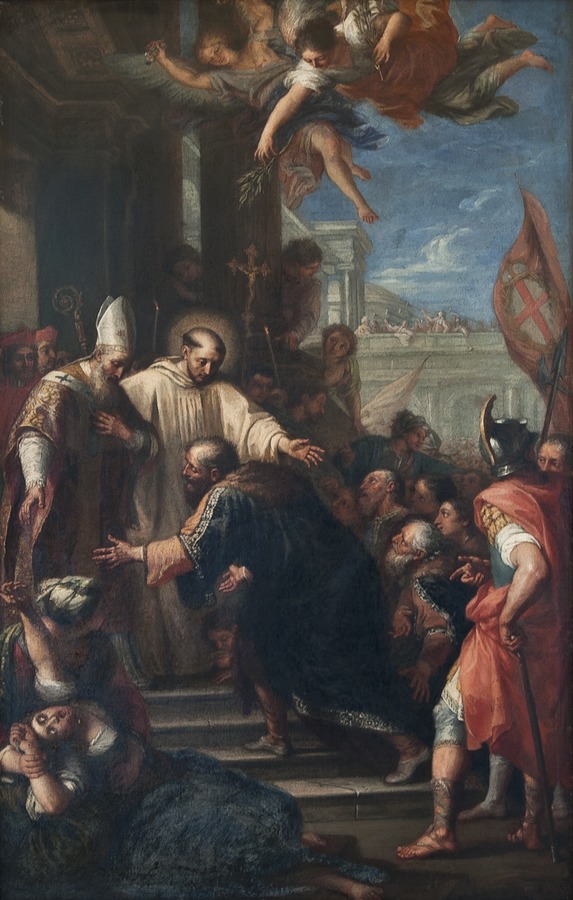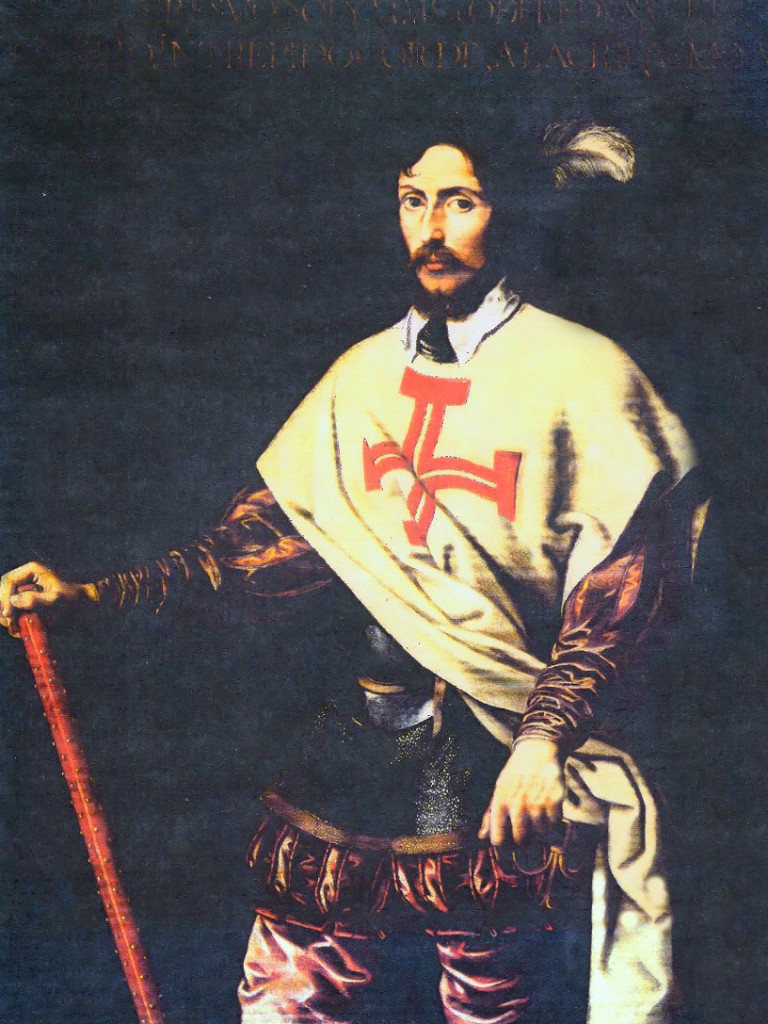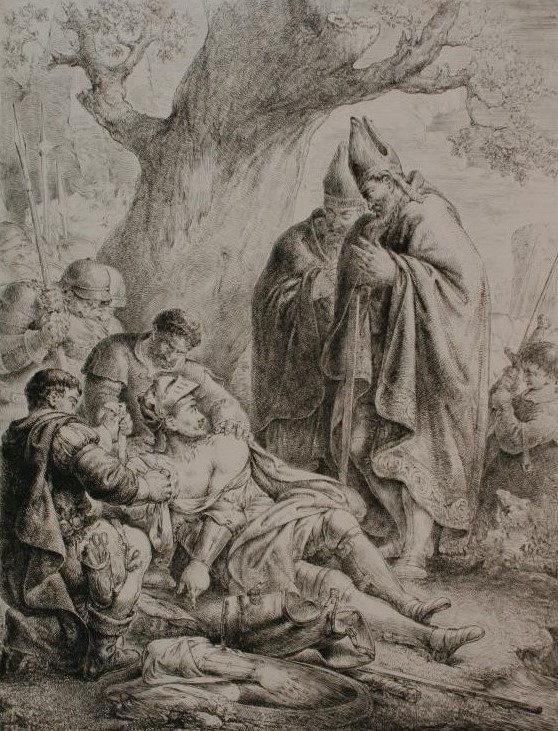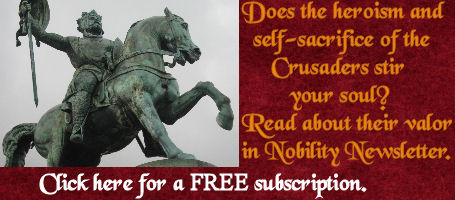The leaders of the Christian armies which now quitted the West were already celebrated by their valor and their deeds. At the head of the great captains who commanded in this crusade, history, as well as poetry, must place Godfrey de Bouillon, duke of the Lower Lorraine. He was of the illustrious race of the counts of Boulogne, and descended on the female side from Charlemagne. From his earliest youth he had distinguished himself in the open war carried on between the Holy See and the emperor of Germany. On the field of battle he had killed Rodolphe de Rhenfield, duke of Swabia, to whom Gregory had sent the imperial crown. When the war broke out in Italy for the cause of the anti-pope Anaclet, Godfrey was the first to enter the city of Rome, besieged and taken by the troops of Henry. He afterwards repented of having embraced a party which victory itself could not make triumphant, and which the greater part of Christendom considered sacrilegious. To expiate exploits condemned as useless by the spirit of his age, he made a vow to go to Jerusalem, not as a pilgrim, but as a liberator.
Contemporary history, which has transmitted his portrait to us, informs us that he joined the bravery and virtues of a hero to the simplicity of a cenobite. His prowess in fight and his extraordinary strength of body made him the pride of camps. Prudence and moderation tempered his valor; his devotion was sincere and disinterested; and in no instance during the holy war did he employ his courage or inflict his vengeance but upon the enemies of Christ.

The anti-Pope Anaclet II kneeling before Pope Innocent II and Saint Bernard of Clairvaux. Painting by Antonio Pietro di Pietri.
Faithful to his word, liberal, affable, full of humanity, the princes and knights looked upon him as their model, the soldiers as their father—all were eager to fight under his standard. If he was not the leader of the crusade, as some writers pretend, he at least obtained that empire which virtue bestows. Amidst their quarrels and divisions, the princes and barons constantly appealed to the wisdom of Godfrey, and in the dangers of war, his counsels became absolute orders.
Joseph François Michaud, The History of the Crusades of the Crusades, trans. W. Robson (New York, Redfield, 1853), vol. I, 76-7.
Stories on Honor, Chivalry, and the World of Nobility—no. 631











